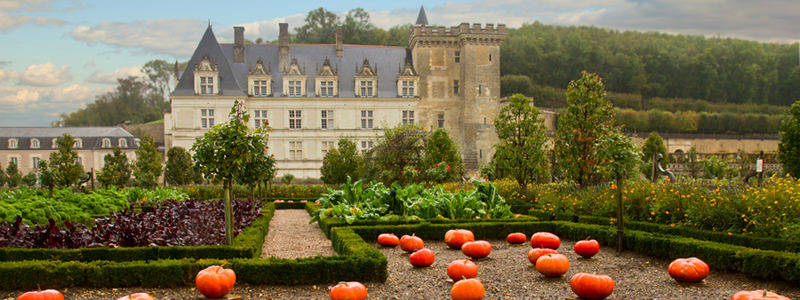The last bottle of Loire Valley Chenin Blanc I opened was totally baffling; beautifully concentrated and floral, but with an initial undertone of something like burnt plastic that was an adjustment. After a few minutes of opening up outside in the inevitable fall air, it almost elicited a kind of melancholy in the glass. Metaphorically bittersweet. The Sense of an Ending.
Wikipedia’s rundown of common flavors found in Chenin Blanc includes “greengage,” “angelica,” and “barley-sugar.” Those are pretty subtle descriptors (as opposed to say, “leather,” “cherry,” or “petrol”). Chenin almost always has an implied sweetness on the nose, but is hugely variable on the palate. Different portions of the Loire produce everything from sweet dessert wines of Coteaux du Layon and demi-sec Vouvrays, to superdry bottlings from Savennières. There are also beautiful sparklers like Crémant de Loire, which I generally buy over Champagne because of the tremendous value.
If you like drinking alone, this is your varietal—it’s a perfect wine to think to. Chenin is also the varietal I serve to people who enjoy savoring wine and aren’t going to slam it like a tipsy cougar at a martini bar. It can underperform in a crowd, or at least have its layered complexity dulled by comparison with brasher, more fruit-forward wines. But it can also be approachable, singular, and a showstopper. It’s the varietal that gets me the most “What the hell is this?” looks.
The reason I associate Chenin so much with fall has partially to do with the color (take a look). It’s not uncommon for Loire Valley Chenins to have an amber hue that fits with leaves changing. Also, some bottlings from Anjou have so much apple and pear on the nose, you might think you’re drinking cider at first. Those qualities are what make Loire Valley Chenin somewhat enigmatic. For dry bottles from Savennières for example, you smell the honey and maltiness, see what looks like viscous, oxidative-style wine and get something that finishes with unexpected bracing acidity and backbone.
That backbone gives some top-quality Chenin serious aging potential. I only have 1 bottle left of 2005 Savennières from biodynamic madman Nicolas Joly, but it’s doing fine. The last one I opened a year ago was singing and had layers of flavors that were pretty impossible to describe. You’ll occasionally run across some of his bottles on a wine list—especially at restaurants that favor natural wine. They generally don’t come cheap, but if you’re celebrating a special occasion and want to open with a curveball, they’re certainly worth a try.
Given all that balance of implied sweetness with underlying acidity, Chenin often fits perfectly with fall foods—especially if you can add a bit of apple to capture those qualities. I think of things like butternut squash soup, roasted parsnips, chestnuts, or apples and pork. To me, there’s nothing better than a bottle of Mosse Anjou and Gruyere or Comté cheese. And of course, you could do something like roasted pears and serve them with a sweet Coteaux du Layon.
I’d happily slap a bottle of demi-sec Vouvray on the table for Thanksgiving. Then when your Fox News uncle says he hates it, calls you “smug and elitist,” and says that Yellow Tail Chardonnay is way better, you can argue about that instead of Obamacare. You’re welcome.
Anyway, aside from stoking the eternal flames of family politics, Loire Valley Chenin has so much variety and ability to deliver singular experiences. I remember the first time I tasted a bottle from Nicolas Joly in New York and a time in a crowded Paris restaurant when the bartender poured us glasses of Jasnieres from Domaine de Bellivière. We served a sparkling Vouvray at our wedding that was as enjoyable as it was affordable.
I’m in no way an expert on Loire Valley Chenin, but I’ve certainly had enough to know I want to keep exploring. It epitomizes fall to me in the same way rosé makes sense on the beach or Bordeaux just fits the deep winter. Definitely grab a bottle soon while you can still step outside for 10 minutes to savor it.
Matthew Mullet works in energy and also spends a lot of time writing code. In the summer, he can be found tending to a large garden and sipping chilled rosé on his porch in rural Ohio.
Header image via Shutterstock.com

